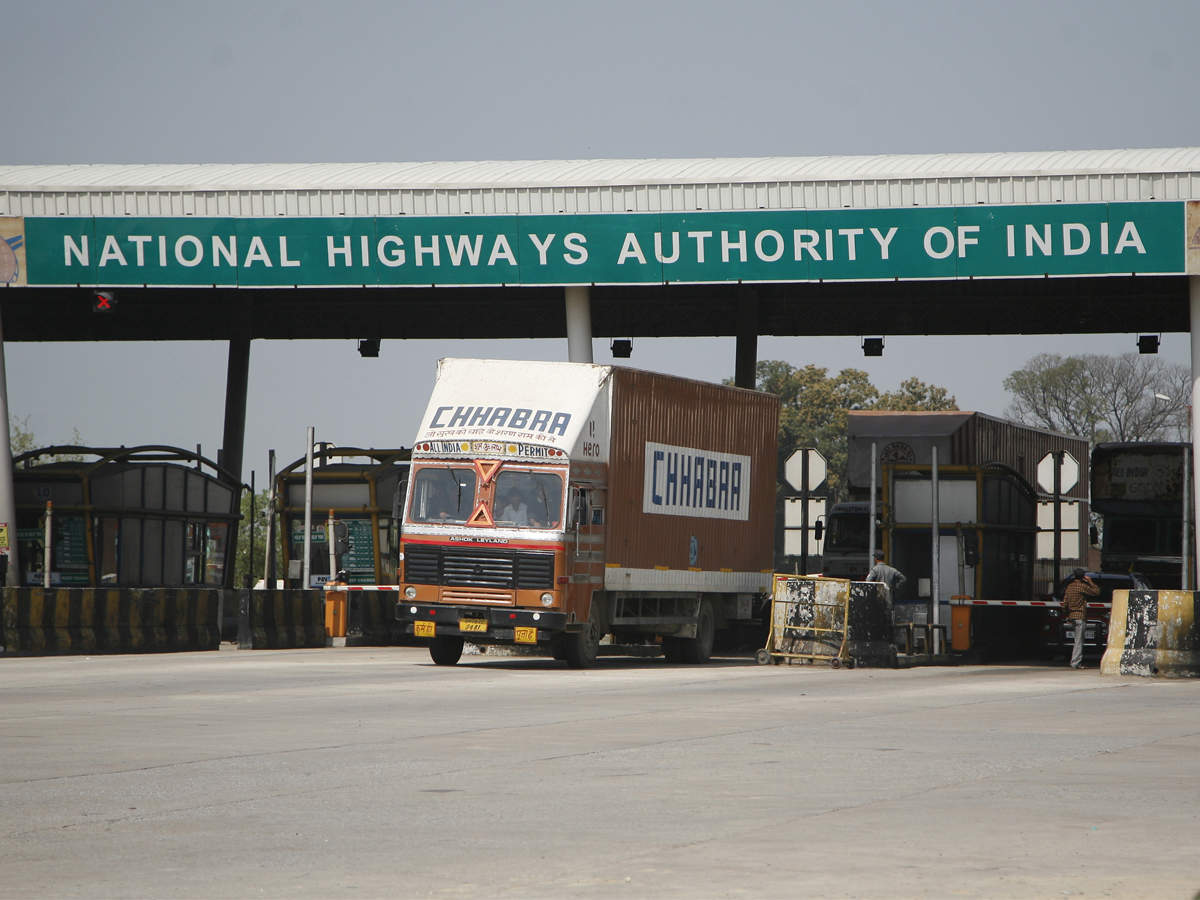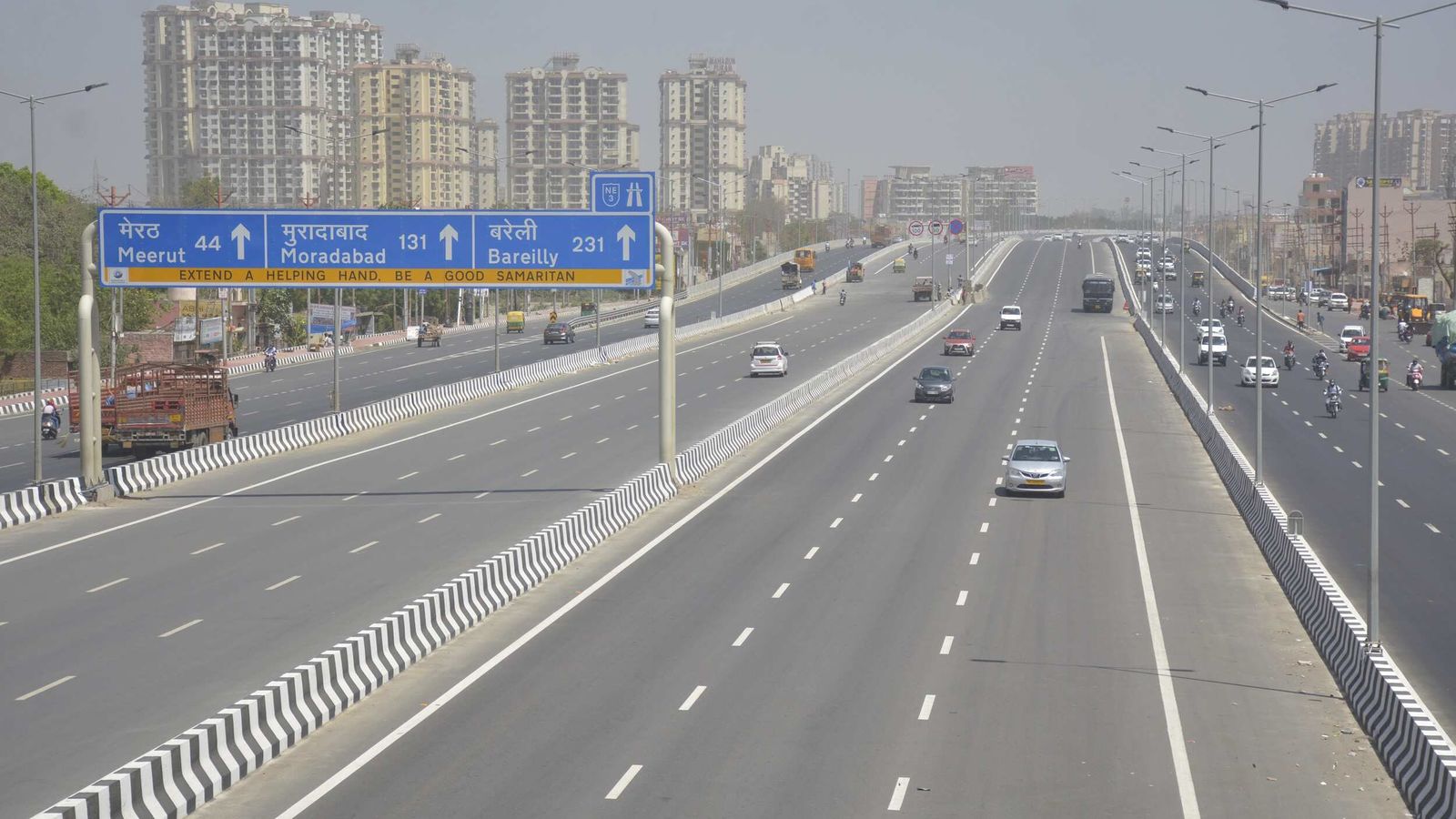Unveiling India’s Roadway Success: A Growth in 9 Years

Unveiling India’s Roadway Success: A Growth in 9 Years
According to the Union Minister, the country’s road network spans 1,45,240 km, up from 91,287 km in 2013–14.
India’s rich cultural heritage and history are well-known. The country is now focusing on modernizing its infrastructure to keep up with its expanding economy. As a testament to this progress, India’s road network has experienced a significant expansion, making it the second largest in the world. Over the past nine years, the country has witnessed a remarkable 59% growth in its road infrastructure.

The Minister of Transport and Highways, Nitin Gadkari, announced on Tuesday, June 27, that India’s road system has expanded by 59% in the last nine years, making it the second-largest one globally. According to the Union Minister, the country’s road network spans 1,45,240 km, up from 91,287 km in 2013–14.
According to Nitin Gadkari, the nation has set seven global records in the past nine years in this field. “India’s road network is the second largest in the world after the US,” Gadkari continued.
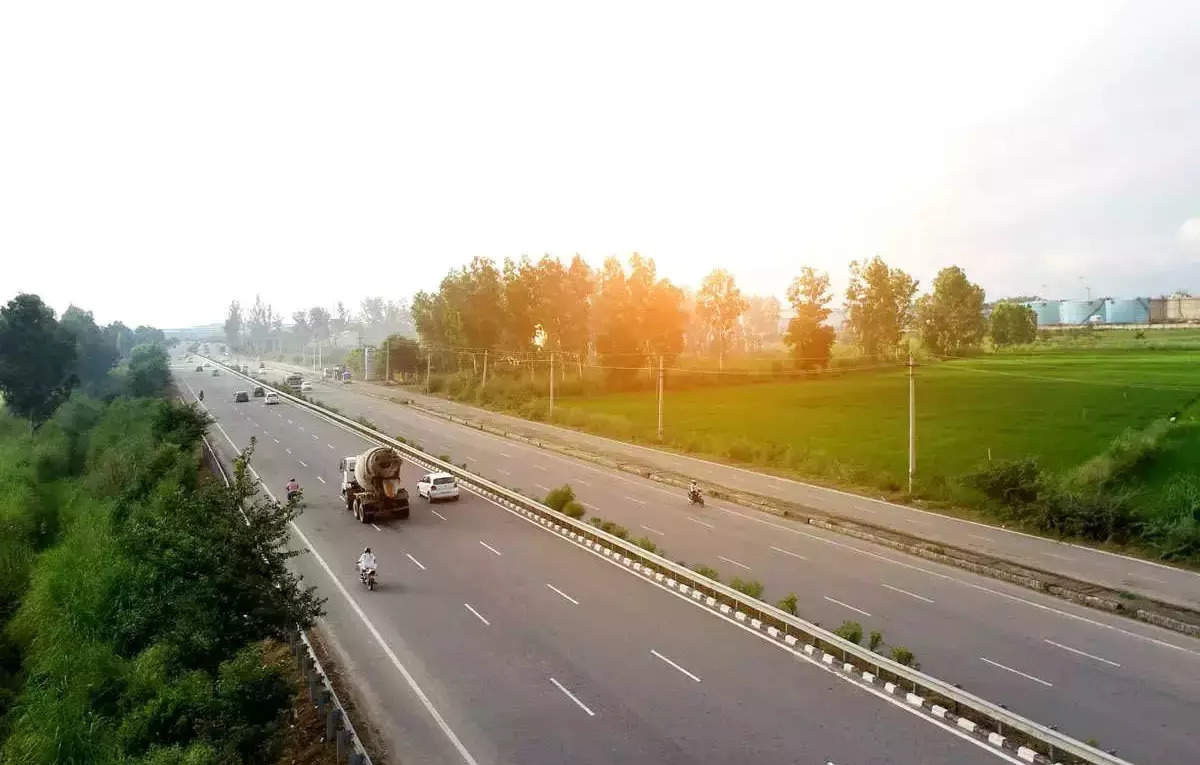
Speaking at a conference on the “9 years of government achievements” in Delhi, where NHAI Chairman Santosh Kumar Yadav and MoRTH Secretary Anurag Jain were also present, Gadkari emphasized the efforts made by the government to improve roads. He said the number of four-lane highways increased by roughly double in the previous nine years. According to Gadkari, the length of the 4-lane NH was 18,371 km in 2013–14, but it has grown to 44,654 km over the past nine years.
India’s road network has undergone a remarkable transformation in recent years, with extensive efforts being made to enhance connectivity across the country. The growth trajectory of the road infrastructure in India can be attributed to the ambitious initiatives and policies undertaken by the government.
The government of India has implemented important initiatives like Bharatmala, Pradhan Mantri Gram Sadak Yojana (PMGSY), and the National Highways Development Project (NHDP) to enhance the nation’s road infrastructure. These programs have significantly contributed to the expansion of the road network.

Gadkari also mentioned that there had been a considerable increase in toll collection with the implementation of FASTag while addressing the media at the conference. Gadkari said toll-related revenue increased from Rs 4,770 crore in 2013–14 to Rs 41,342 crore in FY23. The minister added that the government hopes to reach Rs 1,30,000 crore in toll revenue by 2030.
According to the Transport and Highways Minister, using FASTag has contributed to a 47-second waiting time at toll booths. “In 2023, the average wait time at toll booths will be 47 seconds, down from 734 seconds in 2014. We’re hoping to get it down to 30 seconds very soon,” he stated.
The minister further stated that by removing the necessity for cash transactions, FASTag had transformed the idea of toll payments in India. According to Gadkari, the discovery has prevented the wasteful expenditure of almost Rs 70,000 crore in gasoline costs brought on by waiting at toll booths.
According to the Union Minister, the country’s North East region’s roadway network is now receiving special attention.
He added that projects are being completed in the area worth more than Rs 2 lakh crore. To guarantee an excellent experience along the National Highways, the government is also creating 670 roadside amenities.
Gadkari praised the National Highways Authority of India (NHAI) for its environmental activities, noting that during the past nine years, the organization has planted 3.86 crore trees and transplanted more than 68,000 trees.
Gadkari said that the administration had created more than 15,000 Amrit Sarovars beside highways and has undertaken several water revitalization programmes.
In addition, the ministry used 30 lakh tonnes of trash to build roads for the Delhi Ring Road project. According to him, this demonstrates governments’ proactive attitude to waste management and the construction of sustainable infrastructure.
The minister also emphasized the ministry’s efforts to implement novel strategies, such as using bamboo crash barriers, which offer increased strength and durability, create job opportunities, and support environmental sustainability.

Key Statistics Highlighting India’s Road Network Growth:
- Size and Ranking: India’s road network now stands at an impressive 6.2 million kilometres, making it the second largest in the world after the United States.
- Growth Percentage: Over the past nine years, India’s road network has witnessed a staggering 59% growth, showcasing the country’s commitment to enhancing infrastructure and connectivity.
- National Highways: The National Highways form the backbone of India’s road network and have experienced significant expansion. The total length of National Highways has increased from approximately 92,851 kilometres in 2012 to over 142,126 kilometres by 2021.
- Rural Connectivity: The Pradhan Mantri Gram Sadak Yojana (PMGSY) has been crucial in connecting rural areas. Under this initiative, more than 6.5 lacks (650,000) kilometres of rural roads have been constructed, linking previously inaccessible regions with the rest of the country.
- Expressways and Superhighways: The construction of expressways and superhighways has gained momentum, reducing travel time and facilitating seamless transportation. Notable projects include the Mumbai-Pune Expressway, Eastern Peripheral Expressway, and Delhi-Meerut Expressway.
The exponential growth of India’s road network has profoundly impacted the country’s economy. Enhanced connectivity has facilitated the movement of goods, improved market access, and boosted trade and commerce. Some key advantages include:
- Economic Integration: The improved road infrastructure has connected previously isolated regions, resulting in economic integration and developing industries in rural areas. This has contributed to balanced regional growth and reduced urban-rural disparities.
- Logistics and Supply Chain Efficiency: A robust road network has significantly enhanced logistics and supply chain efficiency, reducing transportation costs and facilitating the timely delivery of goods. This has positively impacted various sectors, including agriculture, manufacturing, and services.
- Employment Generation: Expanding the road network has created numerous employment opportunities, particularly in construction and transportation. The structure of roads and highways has generated jobs for millions of people, stimulating economic growth and reducing unemployment.
- Tourism and Travel: Improved road connectivity has boosted tourism by making popular tourist destinations more accessible. It has also facilitated domestic and international travel, contributing to the growth of the hospitality and aviation industries.
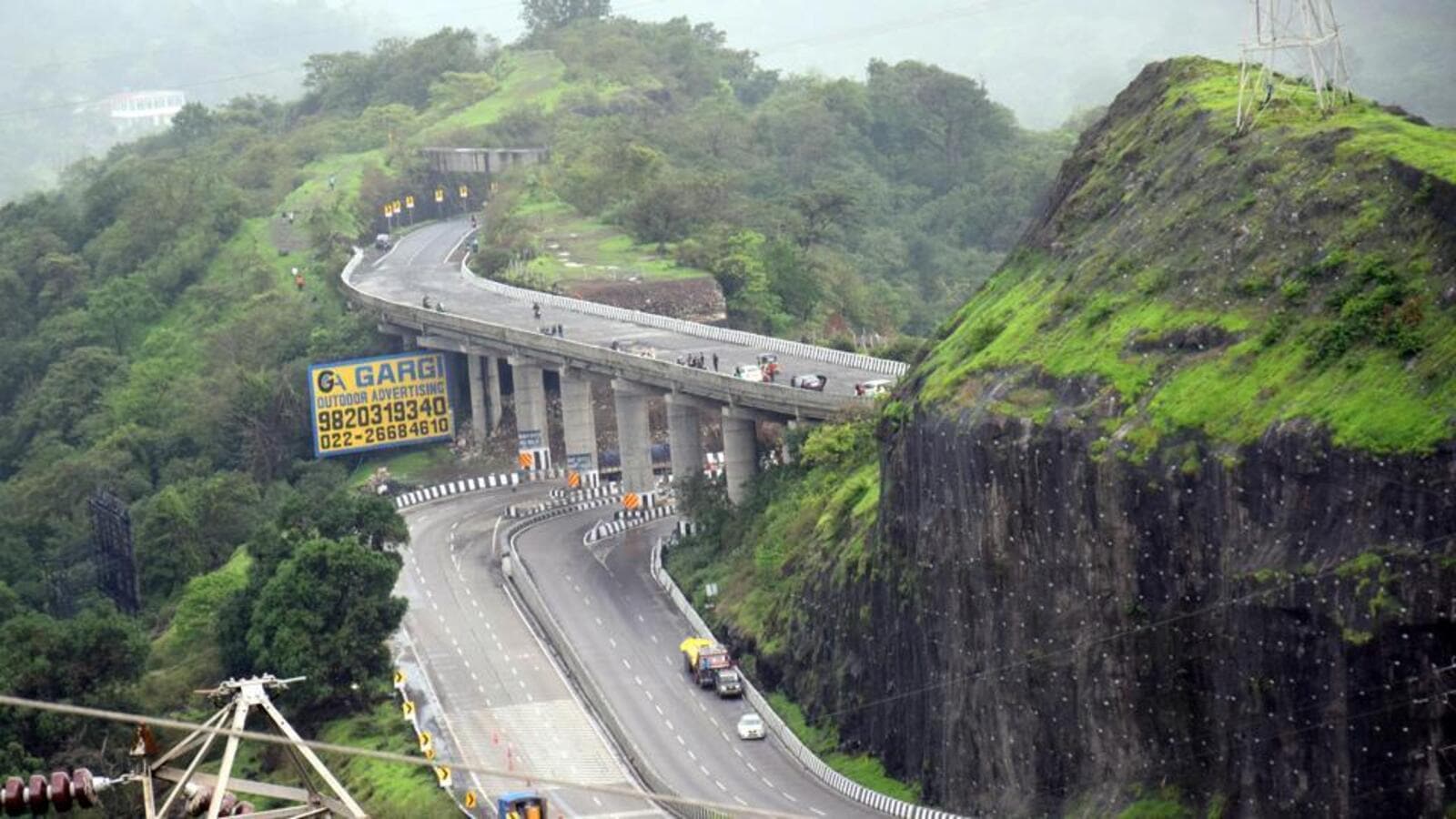
While India has made significant strides in expanding its road network, several challenges must be addressed to ensure sustained growth. These include:
- Quality of Infrastructure: Ensuring the quality and durability of roads and bridges is crucial for long-term sustainability. Proper maintenance and regular inspections are required to prevent deterioration and maintain the efficiency of the road network.
- Traffic Management: With the increase in vehicles on the road, effective traffic management systems are essential to prevent congestion and ensure a smooth traffic flow. Implementing intelligent transportation systems and clever traffic management techniques can help address this challenge.
- Environmental Concerns: The expansion of road infrastructure must be balanced with environmental considerations. Mitigating the environmental impact through afforestation, effective waste management, and minimizing vehicle carbon emissions is crucial.
- Technological Advancements: Leveraging emerging technologies like artificial intelligence, IoT, and big data analytics can enhance road safety, improve traffic management, and optimize infrastructure planning and maintenance.
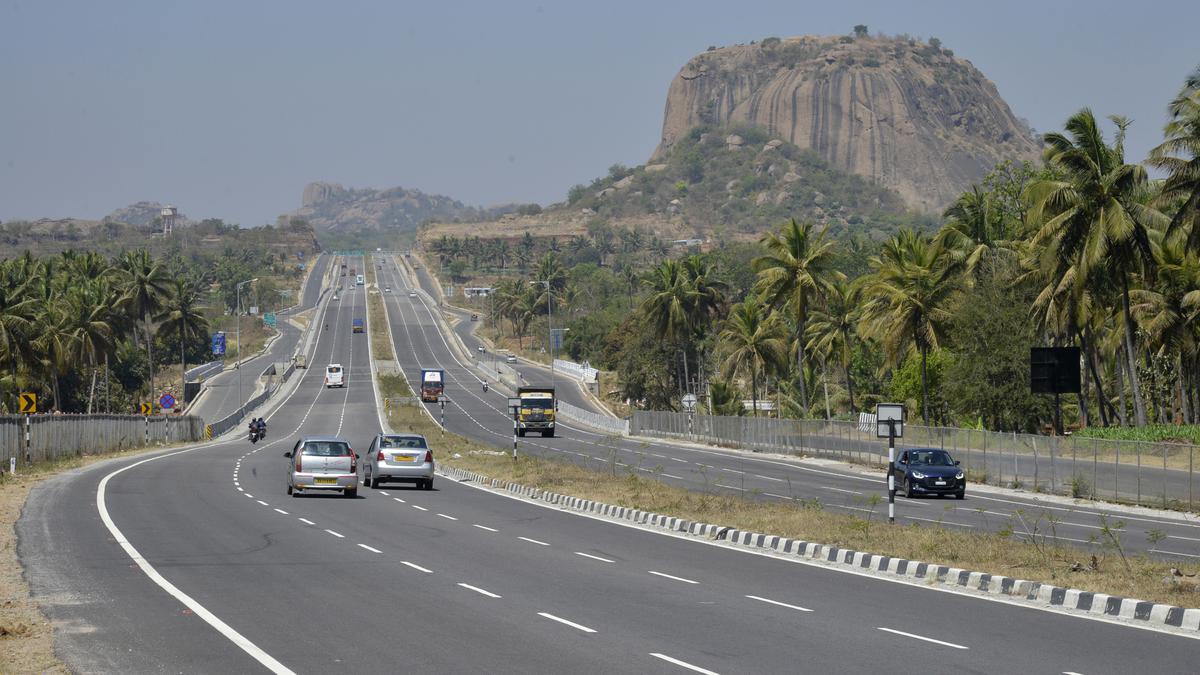
India’s remarkable achievement of becoming the world’s second-largest road network reflects its commitment to transforming its infrastructure. The road network’s extensive growth has improved connectivity and positively impacted India’s economy, employment opportunities, and tourism sector. As the country invests in infrastructure development, addressing quality, traffic management, and environmental concerns and adopting innovative technologies will be vital in sustaining this growth and ensuring a seamless transportation experience for its citizens.

